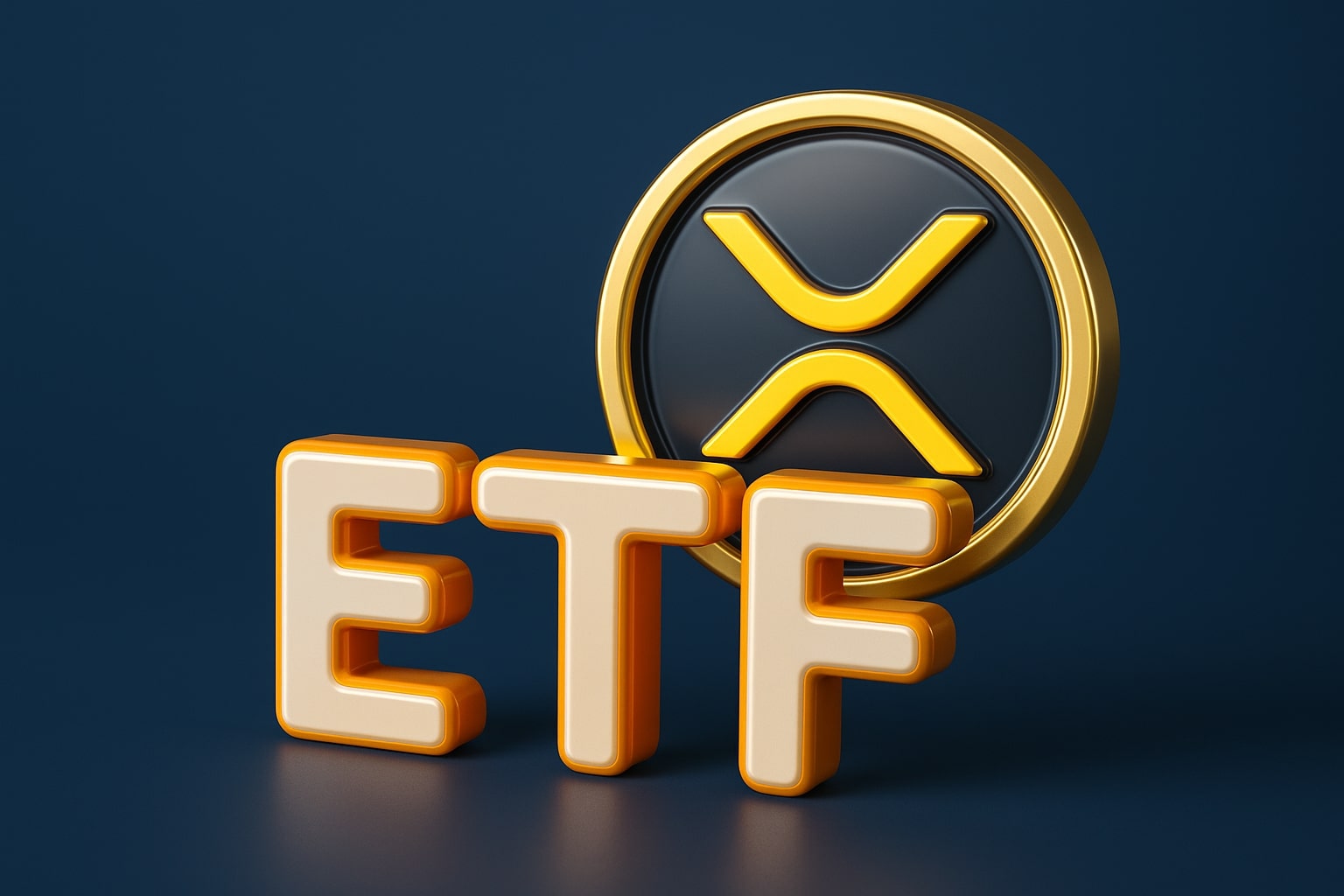Ethereum (ETH-USD) Holds Ground Near $4,000 as Whales Add $600 Million in Accumulation Phase
Ethereum (ETH-USD) is trading around $3,990–$4,010, down nearly 4.5% over the past 24 hours, as the second-largest cryptocurrency stabilizes following a volatile week that saw both heavy ETF outflows and renewed institutional buying. Despite short-term weakness, the underlying structure of Ethereum’s market remains firm, supported by large-scale whale accumulation, rising exchange outflows, and bullish divergences on key indicators. With market capitalization near $480 billion and over 120.7 million ETH in circulation, Ethereum continues to dominate the smart contract and decentralized finance ecosystem even as traders navigate uncertainty in the broader crypto sector.
ETF Flows Show $429 Million Outflow Followed by $340 Million Reversal
The Ethereum ETF market recorded one of its sharpest shifts of the year. After $429 million exited ETH-linked exchange-traded funds in a single session—marking the biggest drawdown since early September—fund flows reversed dramatically within 48 hours. According to Farside data, combined Bitcoin and Ethereum ETFs saw $338.8 million in net inflows by October 14, highlighting renewed institutional interest. Ethereum’s segment accounted for $236 million of that total. Analysts suggest that this quick turnaround reflects re-entry buying rather than panic, signaling that fund managers are using volatility to accumulate positions instead of exiting the market completely. The rapid recovery of ETF inflows following such a massive outflow confirms that institutional sentiment toward Ethereum remains constructive, even as traders price in uncertainty surrounding Fed policy and macroeconomic growth.
Whale Activity Signals Growing Confidence with Over 250,000 ETH Accumulated in Days
Ethereum’s largest holders have been quietly expanding their positions during the recent market weakness. On-chain data shows that between October 14 and October 16, whale addresses accumulated approximately 150,000–250,000 ETH, equivalent to roughly $600 million at current prices. Blockchain analytics from Santiment further indicate that total whale holdings increased from 100.36 million ETH to 100.51 million ETH within just two days. This expansion suggests long-term confidence from institutional and high-net-worth investors, particularly as exchange reserves continue to shrink.
Meanwhile, major entity BitMine disclosed that it had added 104,336 ETH, valued near $417 million, bringing its total holdings to 3 million ETH, or about 2.5% of Ethereum’s circulating supply. This level of treasury accumulation is comparable to the kind of strategic buildup typically observed before sustained rallies. Despite short-term corrections, whale behavior clearly indicates a structural accumulation phase similar to early 2025 when large investors built positions ahead of a 70% price surge.
Exchange Outflows Jump 25% as Investors Move ETH to Cold Storage
Supporting the bullish undertone, on-chain tracking of Exchange Net Position Change reveals a sharp increase in outflows. Between October 10 and October 15, ETH leaving exchanges rose from –1.55 million to –1.94 million, marking a 25% jump and the highest withdrawal rate since September 25. The negative readings imply that more coins are being transferred off exchanges and into long-term wallets, reducing immediate selling pressure. Historically, such activity coincides with accumulation phases and supply squeezes that precede major rallies.
This movement is further reinforced by declining exchange liquidity, which often amplifies price reactions to renewed demand. When fewer tokens are available for sale, any recovery in volume or sentiment can drive rapid upward repricing. Together with whale buying, these outflows underline that long-term Ethereum holders are positioning ahead of a potential breakout, even as traders continue to test short-term support levels near $3,900.
Technical Setup Points to a Possible Breakout Above $4,076 Resistance
Technically, ETH/USD has remained in a consolidation band between $3,900 and $4,700 for nearly three months. This horizontal channel resembles previous accumulation phases that led to breakouts exceeding 100%—most notably the 2023 rally from $2,150 to $4,750. Current resistance lies near $4,076, followed by $4,222 and $4,557. A confirmed 12-hour close above $4,076 would mark the first bullish signal since early September, potentially opening a path toward $4,947 and $5,000.
Momentum, however, remains neutral to slightly weak. The RSI (14) sits near 43, forming a bullish divergence as prices create lower lows while momentum rises—an early indication of waning selling pressure. The MACD at –80.7 and Momentum (10) at –692.9 reflect subdued short-term energy but could quickly reverse if volume increases. The 200-day EMA at $3,551 continues to hold as a strong support zone, maintaining Ethereum’s broader bullish structure despite the short-term dip below its 50-day SMA at $4,327.9.
Institutional Forecasts Split as Analysts Debate $4,300 vs. $7,500 Year-End Targets
Institutional outlooks for ETH-USD remain sharply divided. Standard Chartered Bank reiterated a $7,500 year-end target, citing rising institutional adoption, Layer-2 integration, and declining exchange reserves as structural tailwinds. In contrast, Citigroup maintained a more conservative view, forecasting Ethereum to end 2025 near $4,300, emphasizing that current valuations are heavily driven by speculative flows rather than network fundamentals.
More aggressive projections have emerged from independent research firms: Fundstrat Global Advisors’ Tom Lee recently reaffirmed his call for $10,000 to $12,000 by late 2025, noting Ethereum’s four-year base formation and breakout potential. Meanwhile, Polymarket odds show rising investor bets on Ethereum surpassing $6,000 by 2025, signaling renewed retail optimism. Despite diverging opinions, all major models agree on one point—Ethereum’s volatility remains tied to macro liquidity cycles, ETF flow stability, and whale accumulation trends.
Ethereum’s On-Chain Metrics Reinforce Long-Term Strength
The broader on-chain environment continues to improve despite near-term consolidation. Active addresses have remained steady above 520,000, and staking participation is approaching record levels, with more than 33.4 million ETH now locked in validator contracts. The ratio of staked ETH to total circulating supply has surpassed 27%, tightening liquid supply and improving network security.
Moreover, Ethereum’s gas usage—a measure of network demand—has risen steadily, driven by renewed NFT activity, Layer-2 rollups, and the DeFi sector’s modest recovery. These structural metrics align with the thesis that Ethereum remains the backbone of Web3 infrastructure, regardless of short-term price fluctuations. As whale and ETF accumulation align with on-chain fundamentals, ETH may be building a foundation for its next macro leg higher.
Historical Price Behavior and Potential for 2025 Expansion
Ethereum’s current setup mirrors its behavior before major breakouts. The previous instance of a bullish RSI divergence coupled with whale inflows occurred between March 10 and April 21, 2025, which preceded an 84% rally from $2,150 to $4,750. Analysts at BeinCrypto highlight that the pattern has reappeared, suggesting the market may be near another pivot point. If Ethereum closes above $4,222 in the coming days, the next technical extension projects $4,947 in the medium term and potentially $8,000 by early 2026.
Market volatility, however, remains elevated. Any loss of the $3,952 or $3,877 supports could invalidate the bullish setup and trigger a move toward $3,640—representing a 15% downside risk. The consolidation zone between $3,800 and $4,600 remains critical for determining the next sustained trend direction.
Macro and Market Correlation with Bitcoin and Global Liquidity
Ethereum’s trajectory continues to mirror broader crypto and macro movements. Bitcoin’s retreat from $112,500 to $108,700 has pressured altcoins, but Ethereum’s relative resilience indicates underlying strength. Correlation between ETH and BTC remains high at 0.86, meaning shifts in Bitcoin liquidity still influence Ethereum’s price. However, Ethereum’s ETF flows and whale accumulation suggest that investors are selectively rotating capital rather than exiting crypto entirely.
Macro sentiment around Fed rate cuts and U.S. fiscal gridlock also play a key role. Expectations of monetary easing have underpinned risk assets, but inflation stickiness or another wave of ETF redemptions could stall Ethereum’s momentum. If central banks maintain dovish stances into Q4, liquidity conditions would favor a renewed rally in ETH and other Layer-1 assets.
Outlook: Ethereum Maintains a Bullish Bias Above $3,950 — Buy on Breakout Confirmation
Ethereum’s technical and on-chain backdrop paints a cautiously bullish picture. With strong whale inflows, rising outflows from exchanges, and a resilient base forming near $4,000, the market appears to be entering an accumulation phase rather than a distribution one. A confirmed breakout above $4,076–$4,222 would likely ignite a short-term rally toward $4,557 and potentially $5,000, with mid-term targets extending to $7,500 if macro and ETF dynamics align.
If the support at $3,950 holds, Ethereum remains a Buy on breakout candidate with limited downside risk compared to the upside potential. However, failure to sustain this key level would temporarily shift sentiment to neutral, awaiting clearer confirmation. Based on current data, Ethereum’s outlook is bullish, supported by long-term fundamentals, whale conviction, and ETF capital rotation—positioning ETH-USD as one of the strongest large-cap digital assets heading into late 2025.
That's TradingNEWS


















